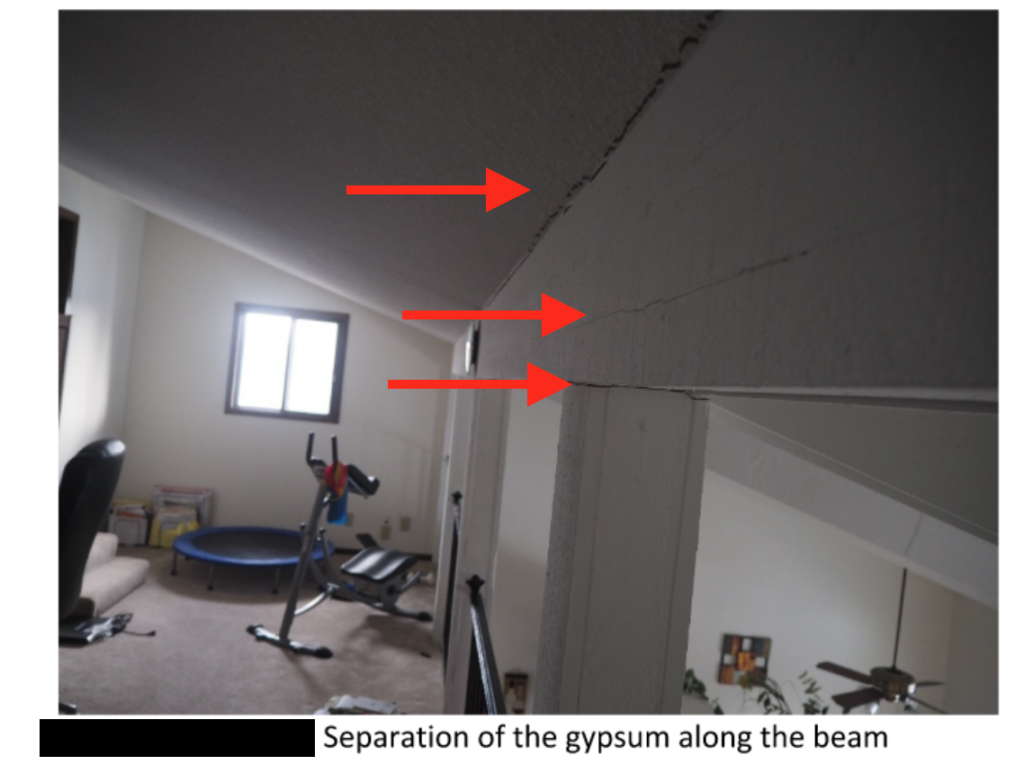Ceiling cracks running diagonally across ceiling.
Settlement types of ceiling cracks.
As the name suggests spider web cracks are those cracks that have a center point and then spread out in different directions.
Homes naturally settle as they age which can create crevices in the walls and ceilings typically above doors.
Types of ceiling cracks.
Not all cracks are created equal.
Ceiling cracks that run across the ceiling to the wall and then downward on the wall.
Ceiling cracks accompanied by wall cracks could be the result of the house settling.
If the crack is vertical and starts near the apex where the wall and ceiling meet it might be a sign that it was created when the foundation settled after construction.
If they are in the middle of the ceiling and consist of multiple wide and long cracks then they are of more concern and should be looked at by a structural engineer or experienced house builder.
A crack a 16th of an inch or.
Let s take a look at some of the most common and what they likely tell you.
The tape may not be sticking to the drywall and so a crack appears where the edge of the tape is.
Basically a continuous crack going through the ceiling and the wall.
A foundation issue or framing issue.
If the cracks occur near the edges of the ceiling then they will most likely be caused by aging and settlement.
These cracks can be caused when a drywall joint wasn t properly taped or mudded.

